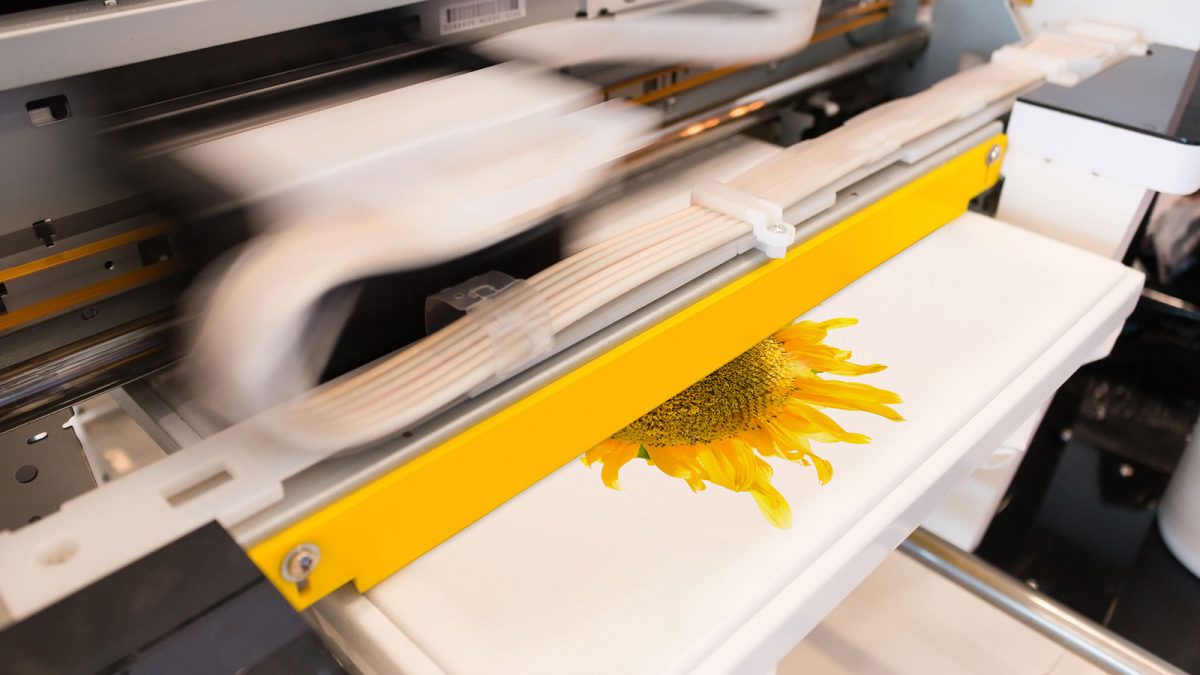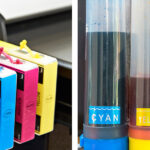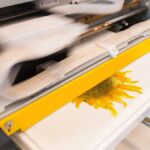Yes, you can print on mugs, and it’s a popular way to create custom designs, promotional items, or personalized gifts. Here’s a quick overview of different methods to print on mugs:
1. Sublimation Printing
- How It Works: This is one of the most common methods. A special sublimation printer and sublimation ink are used to print the design onto transfer paper. The mug, which must have a polymer coating to accept sublimation ink, is then placed in a heat press that transfers the ink from the paper onto the mug.
- Pros: Produces vibrant, durable, and dishwasher-safe designs. Ideal for photo-quality images.
- Cons: Requires a sublimation-compatible mug and a dedicated sublimation printer.
2. Heat Transfer Printing
- How It Works: This process uses heat transfer paper, which can work with either an inkjet or laser printer. The design is printed onto the transfer paper, then placed onto the mug and heated with a mug press or an oven to transfer the design.
- Pros: Suitable for small batches and allows for various design types.
- Cons: Not as durable as sublimation, especially when washed frequently. Works best on lighter-colored mugs.
3. Vinyl Decals
- How It Works: Using a vinyl cutter, you cut designs out of adhesive vinyl and then apply them to the mug’s surface. Some people seal the vinyl with a clear coat for durability.
- Pros: Can be done at home with minimal equipment, and it’s great for simple designs.
- Cons: Not as durable as sublimation or heat transfer, and may not hold up well in the dishwasher or microwave.
4. Direct Screen Printing
- How It Works: The design is directly screen-printed onto the mug’s surface with ceramic ink, then baked at high temperatures to cure the ink.
- Pros: Produces long-lasting designs that are dishwasher-safe. Often used for large production runs.
- Cons: Requires specialized equipment, making it more suitable for larger batches.
5. Hand Painting
- How It Works: Use special ceramic paint or paint pens to hand-paint a design on the mug. Once the design is complete, bake the mug in the oven to set the paint.
- Pros: Unique and customizable; no special equipment needed. Perfect for one-of-a-kind gifts.
- Cons: Takes more time and may not be as precise as other methods. Not always dishwasher-safe.
6. Laser Etching
- How It Works: A laser engraving machine etches the design into the mug’s surface, creating a permanent design.
- Pros: Permanent and dishwasher-safe, with a professional look. Works best on metal or ceramic mugs.
- Cons: Limited to monochrome designs and requires specialized equipment.
If you’re considering printing on mugs as a DIY project, sublimation and vinyl decals are often the most accessible methods. For high-quality, durable prints or larger batches, it may be worth using a professional printing service that offers direct screen printing or laser etching. Let me know if you’d like more details on a specific method!






